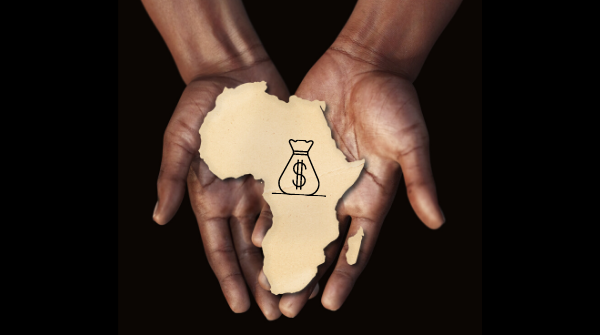The Organisation for Economic Co-operation and Development (OECD) has disclosed that official international aid dropped by 7.1% in real terms in 2024, marking the first decline after five consecutive years of growth.
According to preliminary data released by the OECD, Official Development Assistance (ODA) from member countries of its Development Assistance Committee (DAC) totaled $212.1 billion in 2024, representing 0.33% of their combined Gross National Income (GNI). The decline is attributed to reduced contributions to international organizations, a fall in aid to Ukraine, lower humanitarian assistance, and a drop in spending on refugee support within donor countries.
Pressures on Development Finance
OECD Secretary-General, Mathias Cormann, noted the growing challenges facing development finance, emphasizing the need to maximize the impact of available resources.
“Optimising the effectiveness of available official development assistance will help developing countries manage fiscal pressures, invest in growth, and protect the most vulnerable,” he stated.
Net ODA to Ukraine fell by 16.7% compared to 2023, totaling $15.5 billion, or 7.4% of the total net ODA. Meanwhile, humanitarian aid dropped by 9.6% to $24.2 billion.
Refugee Costs and Donor Contributions
ODA spent on refugee support within donor nations decreased by 17.3% to $27.8 billion, accounting for 13.1% of total ODA—down from 14.6% the previous year. In five donor countries, refugee-related expenditures still made up over a quarter of their total aid budget.
The United States remained the largest contributor, providing $63.3 billion in aid, making up 30% of total DAC ODA. Germany followed with $32.4 billion, ahead of the United Kingdom ($18.0 billion), Japan ($16.8 billion), and France ($15.4 billion).
Concerns Over Future Aid Trends
Commenting on the report, OECD DAC Chair Carsten Staur expressed concern over the decline and warned that some major donors had indicated plans for further significant cuts in the coming years.
“In this situation, it is paramount that ODA is invested where it is most needed, especially in the poorest and most fragile countries,” he said. Staur also emphasized the importance of focusing aid efforts on poverty eradication, the green transition, and strengthening governance.
Performance Across Countries
The OECD noted that while ODA increased in ten DAC member countries, it fell in twenty-two. Only four nations—Denmark (0.71%), Luxembourg (1.00%), Norway (1.02%), and Sweden (0.79%)—met or exceeded the United Nations’ target of allocating 0.7% of GNI to development assistance.
Net bilateral aid for programmes, projects, and technical assistance, excluding humanitarian aid and refugee costs, declined slightly by 1.2%, partly due to reduced support for Ukraine. Net debt relief grants remained minimal at $241 million.
Additionally, bilateral ODA flows to Africa fell by 1% to $42 billion, with aid to sub-Saharan Africa specifically declining by 2%. Assistance to the group of Least Developed Countries (LDCs) also dropped by 3%, totaling $35 billion.











